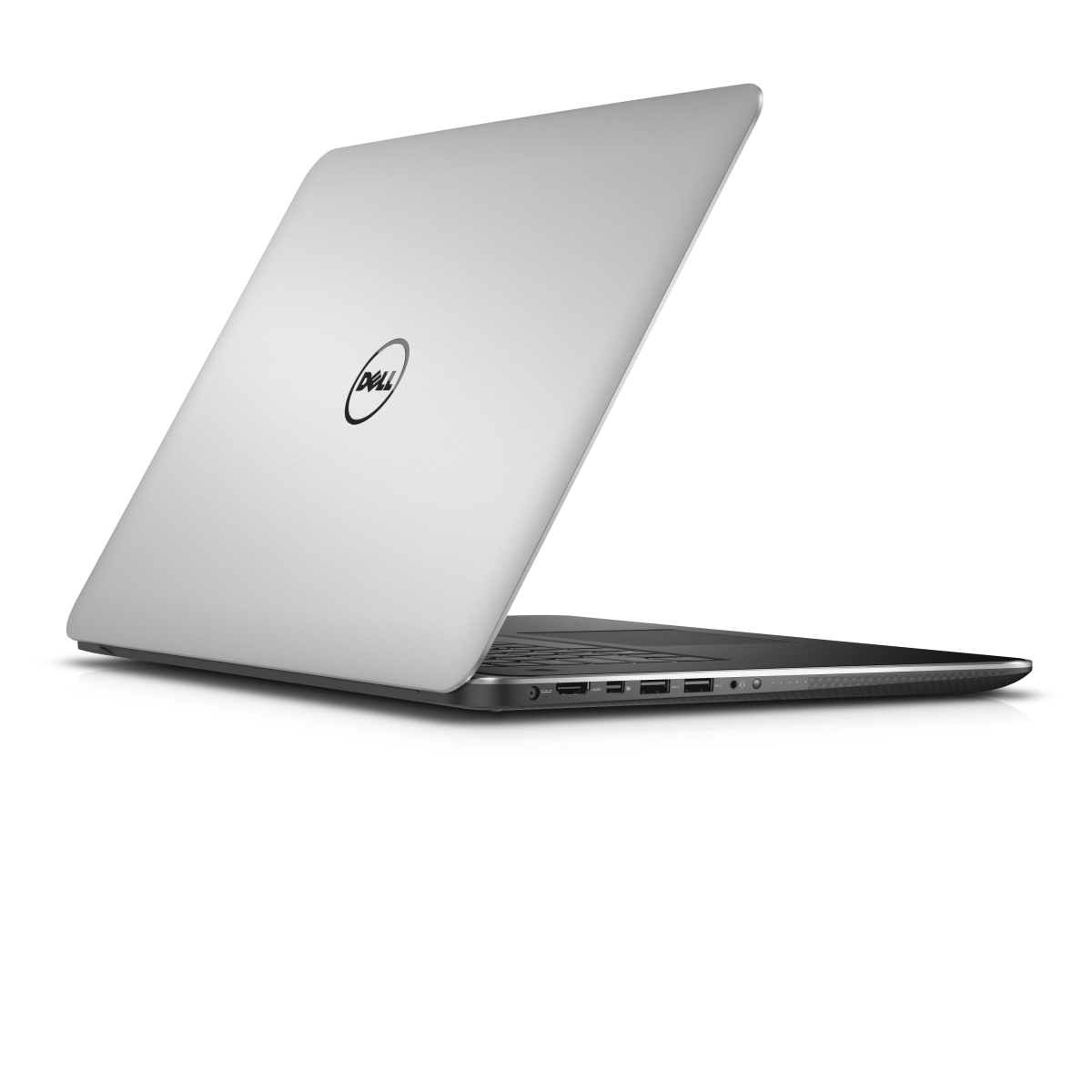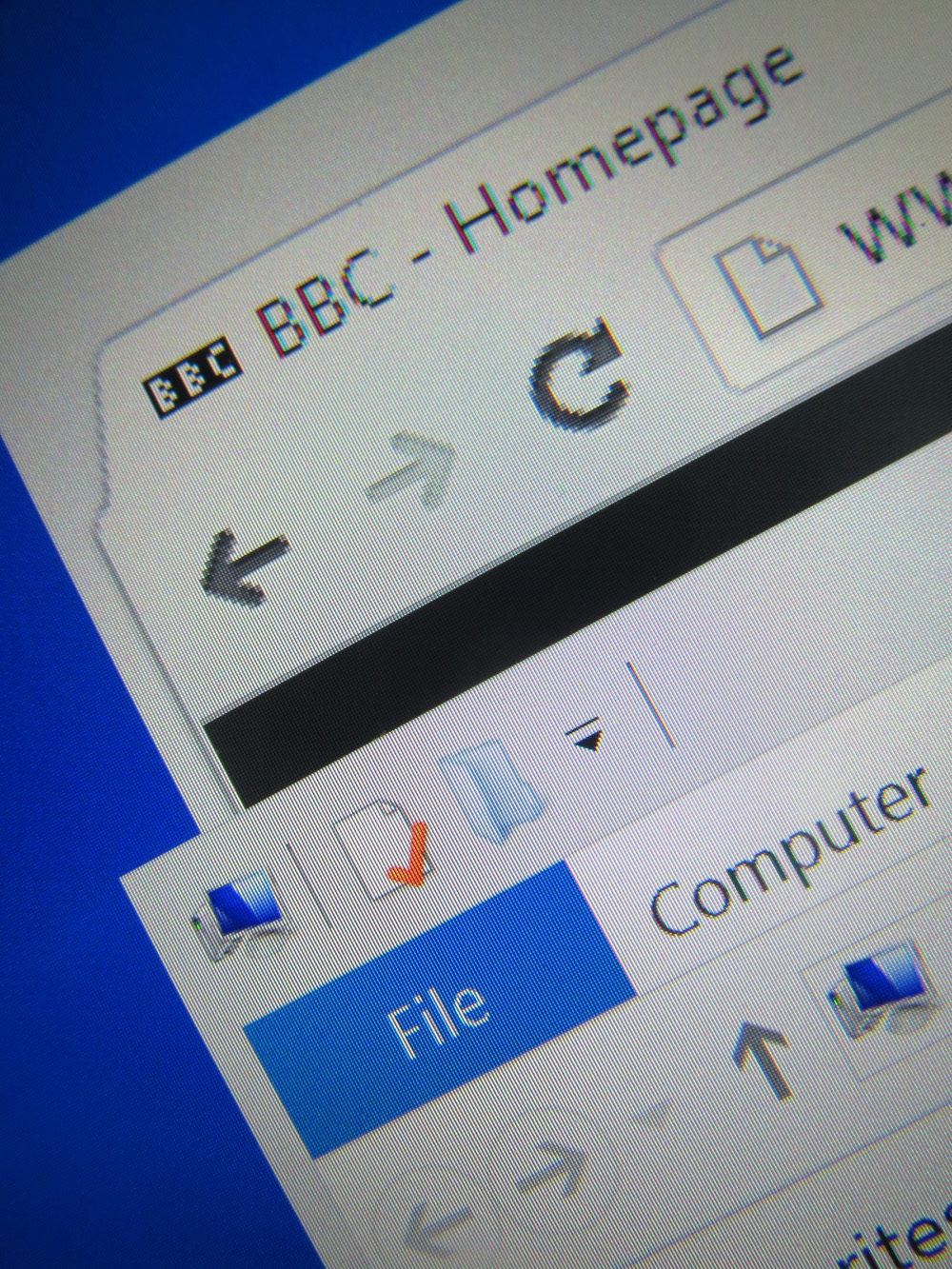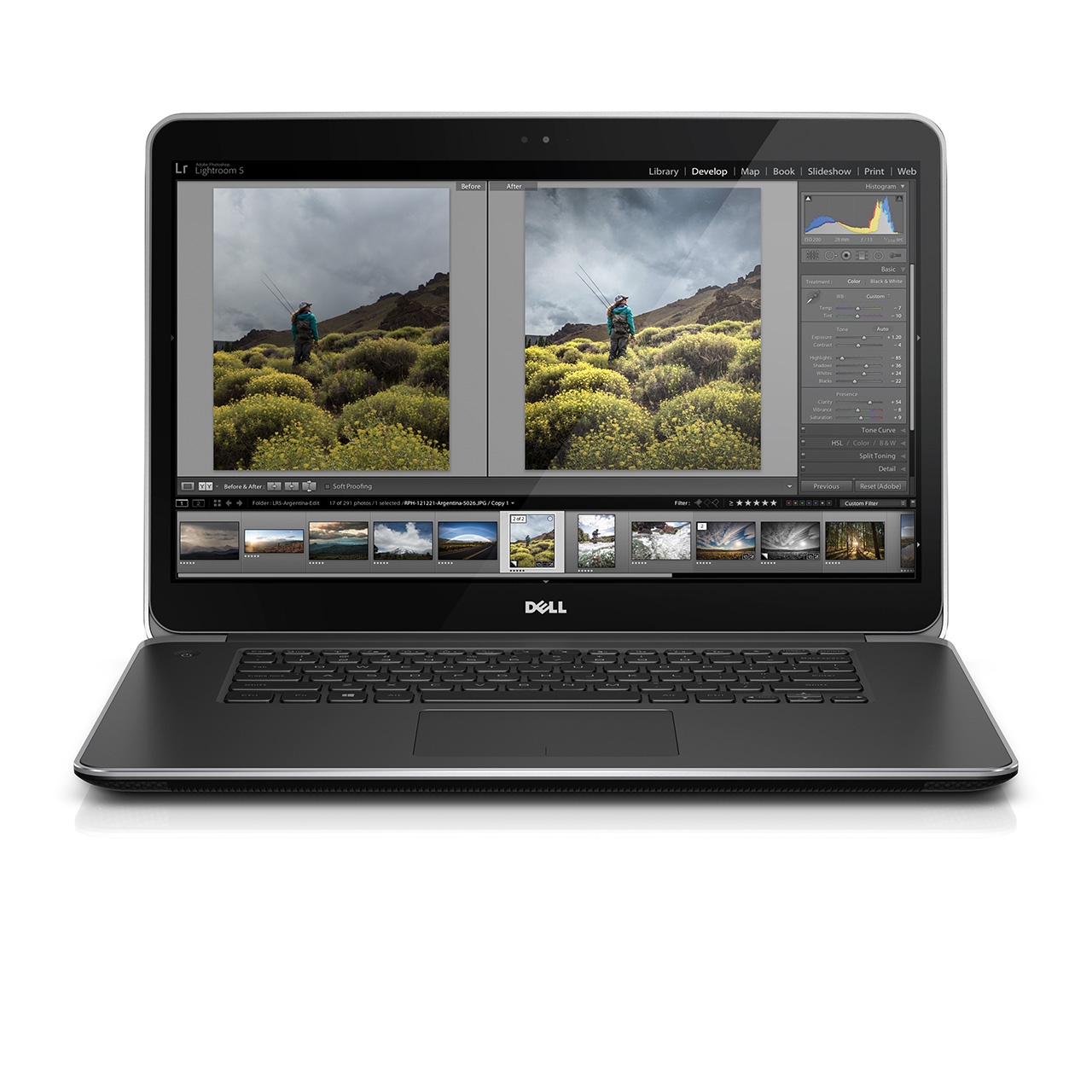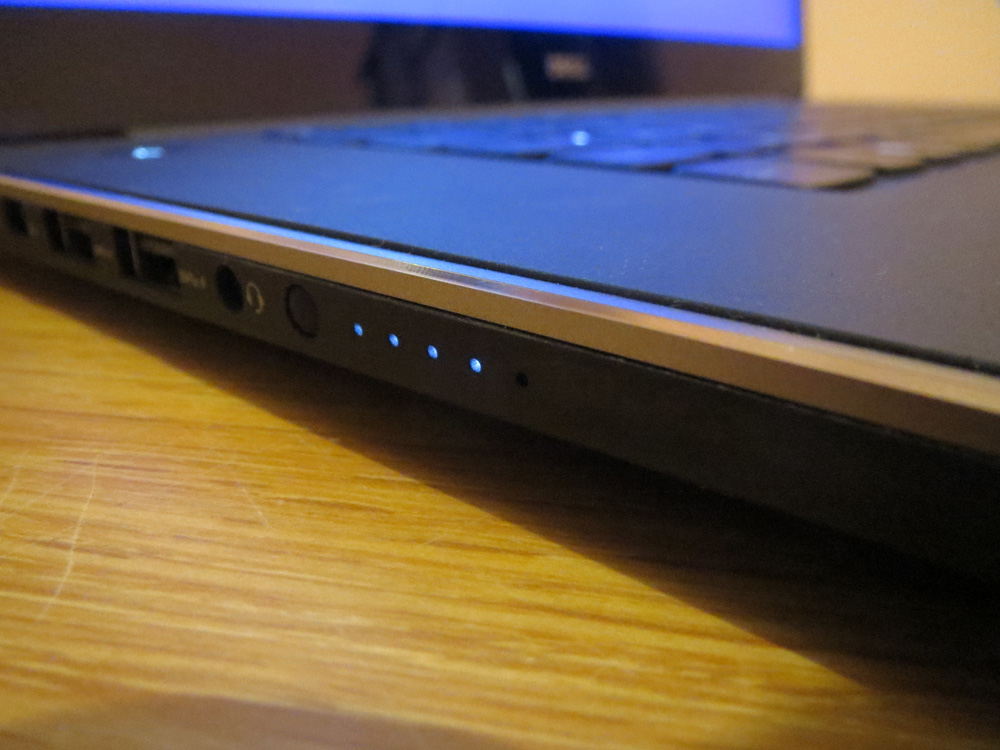Dell Precision M3800 review
Dell packs a beautiful 15in display (3,200 x 1,880) into a 19mm chassis. But is performance and battery life up to scratch?


A brilliant workstation laptops which balances great design with power. However, it could have better battery life and it is expensive.
-
+
Class-leading screen; Fantastic design; Huge power; ISV-certified GPU; Good keyboard
-
-
High price; Mediocre battery life; High heat and noise; No numberpad; Average SSD

Dell's Precision M3800 aims make workstation laptops desirable by doing away with bulky, ugly chassis in favour of thin and light designs.
The firm hasn't compromised on performance either with its beautiful 15.6in (3,200 x 1,880) squeezing a 2.2GHz Intel Core i7 processor into a 19mm carbon fibre reinforced chassis.
Taking inspiration from Apple's MacBook Pro range, has Dell managed to make the best Windows workstation laptop on the market?
Pin sharp
The 15.6in IPS touchscreen has a native resolution of 3,200 x 1,880, which offers a dazzling 238ppi. This is higher than the 220ppi found on the 15.4in MacBook Pro (2,880 x 1,800). But not quite on the same level as the 275ppi of the samller 13.3in Lenovo Yoga Pro 2.
It's the sharpest 15in screen we've seen on any laptop to-date. Text, Live tiles and pictures are crisper than anything a MacBook can manage. Dell upscales the taskbar, icons and OS features to make this machine mimic a 1080p panel. It works well but you'll hit issues when using apps not optimised for these extra pixel. Logos and pictures on most websites will also appear low-res - it's annoying but this the price to pay for being an early adopter whilst you wait for the software to catch up.

The measured brightness of 436cd/m2 bests the MacBook's 350cd/m2. The black level of 0.39cd/m2 guides the M3800 to a stunning 1,131:1 contrast ratio. This allows the panel to replicate deep, inky blacks, bright whites, and deliver punchy colours.
Sign up today and you will receive a free copy of our Future Focus 2025 report - the leading guidance on AI, cybersecurity and other IT challenges as per 700+ senior executives
The measured colour temperature of 6,632K sits just on the cool side of the 6,500K ideal, the 4.9 Delta E is decent, and the panel covered 92.5 per cent of the sRGB gamut a good laptop result. There's no backlight bleed, IPS technology means good viewing angles, and the panel is made from Corning Gorilla Glass. It's glossy but there's little room between the panel and the glass, which reduces reflections.

The black level could be lower, and the 92.5 per cent sRGB coverage isn't ideal as the panel can't handle the deepest reds. This might dissuade serious creatives who need better gamut coverage, but make no mistake: this screen matches the MacBook.
High-quality design
The Precision shares its aesthetic with high-end XPS machines. Dell has used Aluminium for the lid, edges and underlying frame, with soft-touch carbon fibre filling the gaps. The Precision exudes clean lines and curves, and it looks just as good as Apple's offering.
We love the five-stage battery indicator on the left-hand edge and the smart metal logo plate on the underside.

The carbon fibre weave is visible across the base and the edges. Build quality is good with 4mm-thin screen exhibited slight weakness.
Dell has shrunk the chassis to 17mm thin, with another two millimeters added by the rubber feet. The Precision weighs in at 1.88kg so it's comparable to the MacBook Pro (18mm, 2kg).
Mike Jennings has worked as a technology journalist for more than a decade and has been fascinated by computers since childhood, when he spent far too long building terrible websites. He loves desktop PCs, components, laptops and anything to do with the latest hardware.
Mike worked as a staff writer at PC Pro magazine in London for seven years, and during that time wrote for a variety of other tech titles, including Custom PC, Micro Mart and Computer Shopper. Since 2013, he’s been a freelance tech writer, and writes regularly for titles like Wired, TechRadar, Stuff, TechSpot, IT Pro, TrustedReviews and TechAdvisor. He still loves tech and covers everything from the latest business hardware and software to high-end gaming gear, and you’ll find him on plenty of sites writing reviews, features and guides on a vast range of topics.
You can email Mike at mike@mike-jennings.net, or find him on Twitter at @mikejjennings
-
 Trump's AI executive order could leave US in a 'regulatory vacuum'
Trump's AI executive order could leave US in a 'regulatory vacuum'News Citing a "patchwork of 50 different regulatory regimes" and "ideological bias", President Trump wants rules to be set at a federal level
By Emma Woollacott Published
-
 Microsoft Excel is still alive and kicking at 40 – and it's surging in popularity as 82% of finance professionals report ‘emotional attachment’ to the spreadsheet software
Microsoft Excel is still alive and kicking at 40 – and it's surging in popularity as 82% of finance professionals report ‘emotional attachment’ to the spreadsheet softwareNews A recent survey found Gen Z and Millennial finance professionals have a strong “emotional attachment” to Microsoft Excel
By Emma Woollacott Published
-
 LastPass hit with ICO fine after 2022 data breach exposed 1.6 million users – here’s how the incident unfolded
LastPass hit with ICO fine after 2022 data breach exposed 1.6 million users – here’s how the incident unfoldedNews The impact of the LastPass breach was felt by customers as late as December 2024
By Emma Woollacott Published
